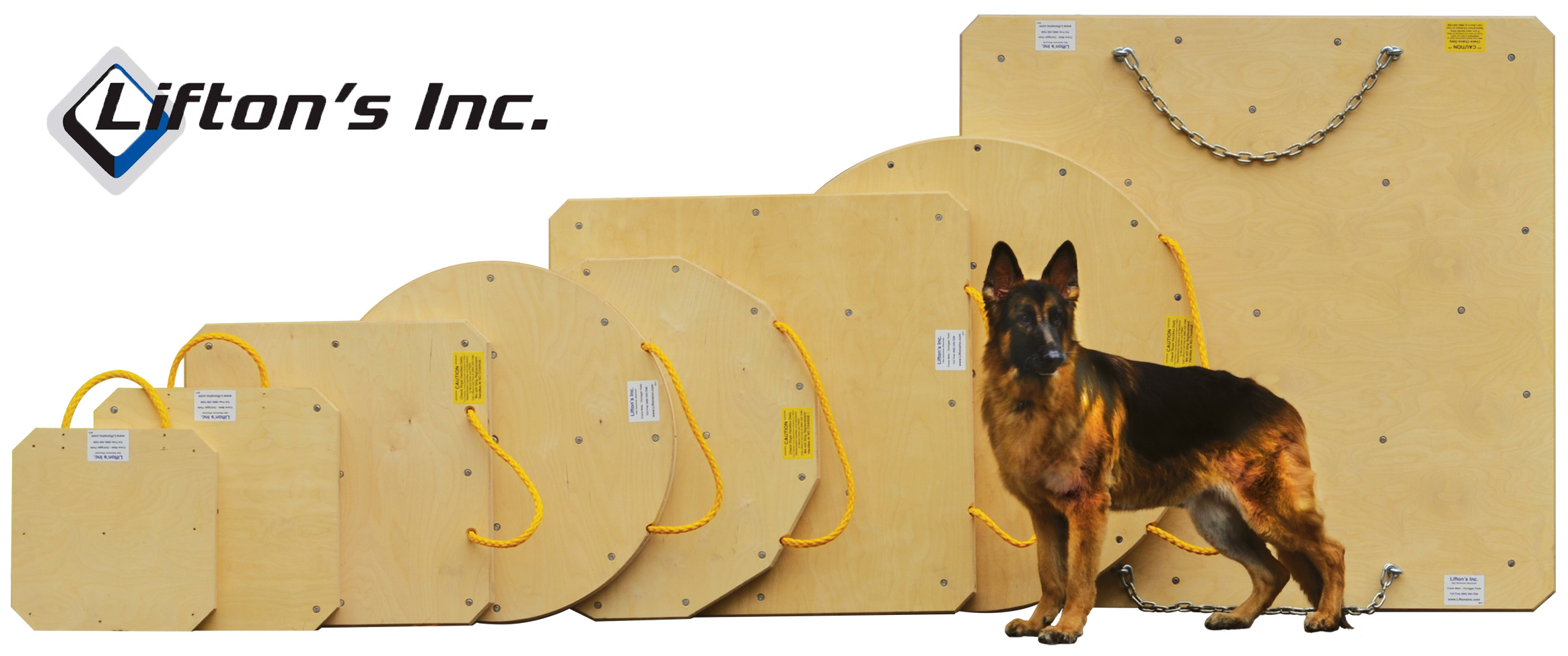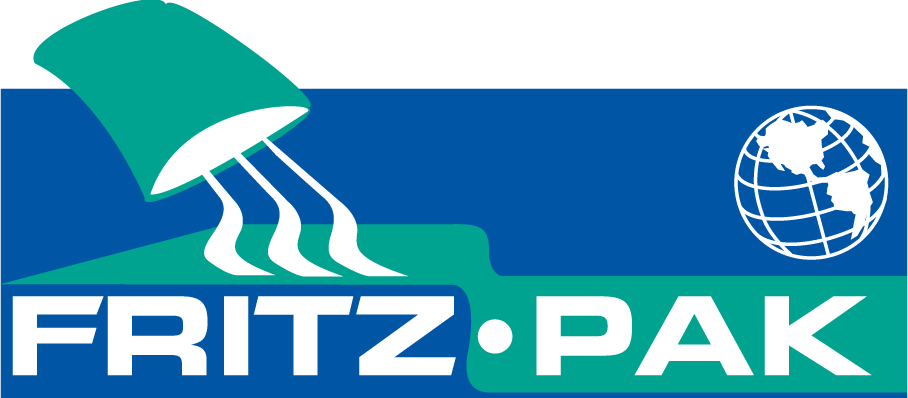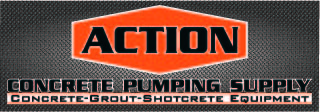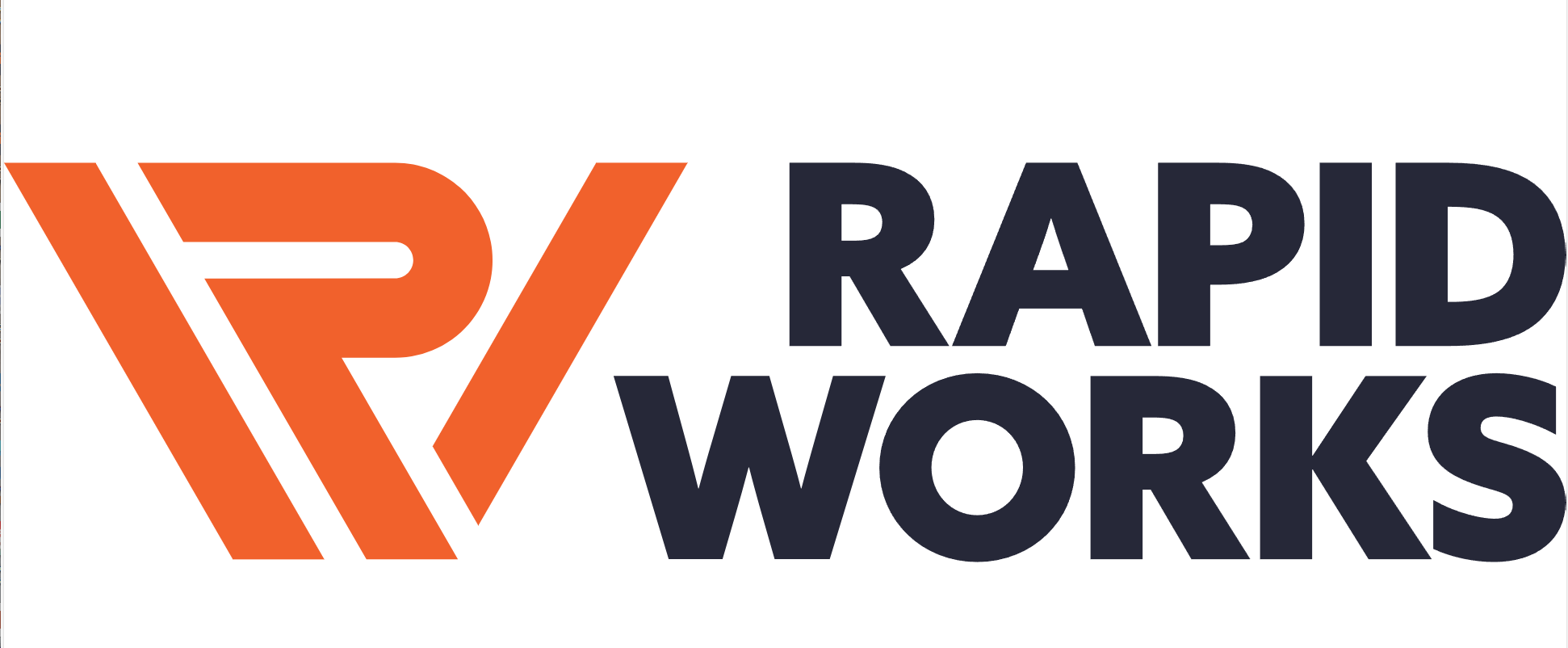Don't Zone Out in a Work Zone
Road work zones continue to have far too many traffic fatalities. The victims include both construction workers and occupants of the vehicles trying to rush past them.
What Is a Work Zone?
A work zone is a designated area on a street or highway where construction is taking place. It can be recognized by distinctive orange and black signs, as well as lighted barricades, flaggers and other means of signaling.
Driving in Work Zones
When you're driving and you see a work zone, you should put yourself on high alert. Be aware of your surroundings, including the construction activity, signs, signals and flagger instructions. Some important do's and don'ts to keep in mind:
- Don't be distracted by the workers. Be aware that activity involving workers and equipment close to the road can be distracting, so pay extra attention to your driving, the other traffic and any possible obstacles.
- Be alert. Hazards are apt to develop unexpectedly because construction sites are active and continually changing. Watch what's going on around you. Don't just blindly follow a pilot truck if it is leading you into the path of a moving grader. Watch for obstructions extending out into your lane of travel, such as loads on trucks and buckets on backhoes.
- Be prepared to take action quickly. Gear down if necessary, and stay ready to brake. Check your rearview mirror to see if other vehicles are slowing down as they should. Flash your brake lights if necessary.
- Allow adequate space between you and the vehicle in front of you. Tailgating contributes to the large number of rear-end collisions occurring in work zones.
- If you have to merge with traffic in another lane to get around the obstruction, do not wait until the last moment.
- Turn on your lights so that other drivers and equipment operators can see you better.
- Minimize distractions. Don't fiddle with the CD player or talk on the cell phone when you're negotiating a work zone.
- Do not pass in a work zone.
- Do not change lanes unnecessarily.
- Keep up with the traffic flow.
- Do not exceed the posted speed limit. Big fines are handed out to work zone speeders because of the serious hazards they create.
- Even if you do not see anyone working, follow the instructions, such as speed limits. Otherwise, you might be going too fast to negotiate narrow lanes, sudden turns and rough road surfaces.
- Be patient. Many crashes have occurred when warning signs are placed far from the work zone or left out overnight and impatient drivers speed up. It's the work zone supervisor's responsibility to place signs correctly, but it is your responsibility to heed warnings and drive safely.
Conclusion
Work zone fatalities and injuries have been on the increase in recent years, partly because of more construction projects and partly because of inattentive driving in heavy traffic. Drive with care to make sure you and the people building the roads make it home safely another night.
|











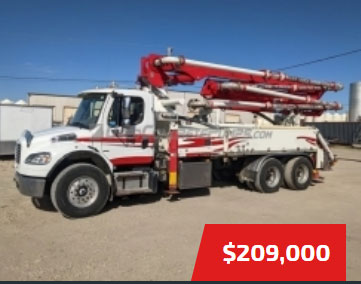

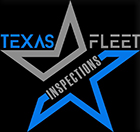


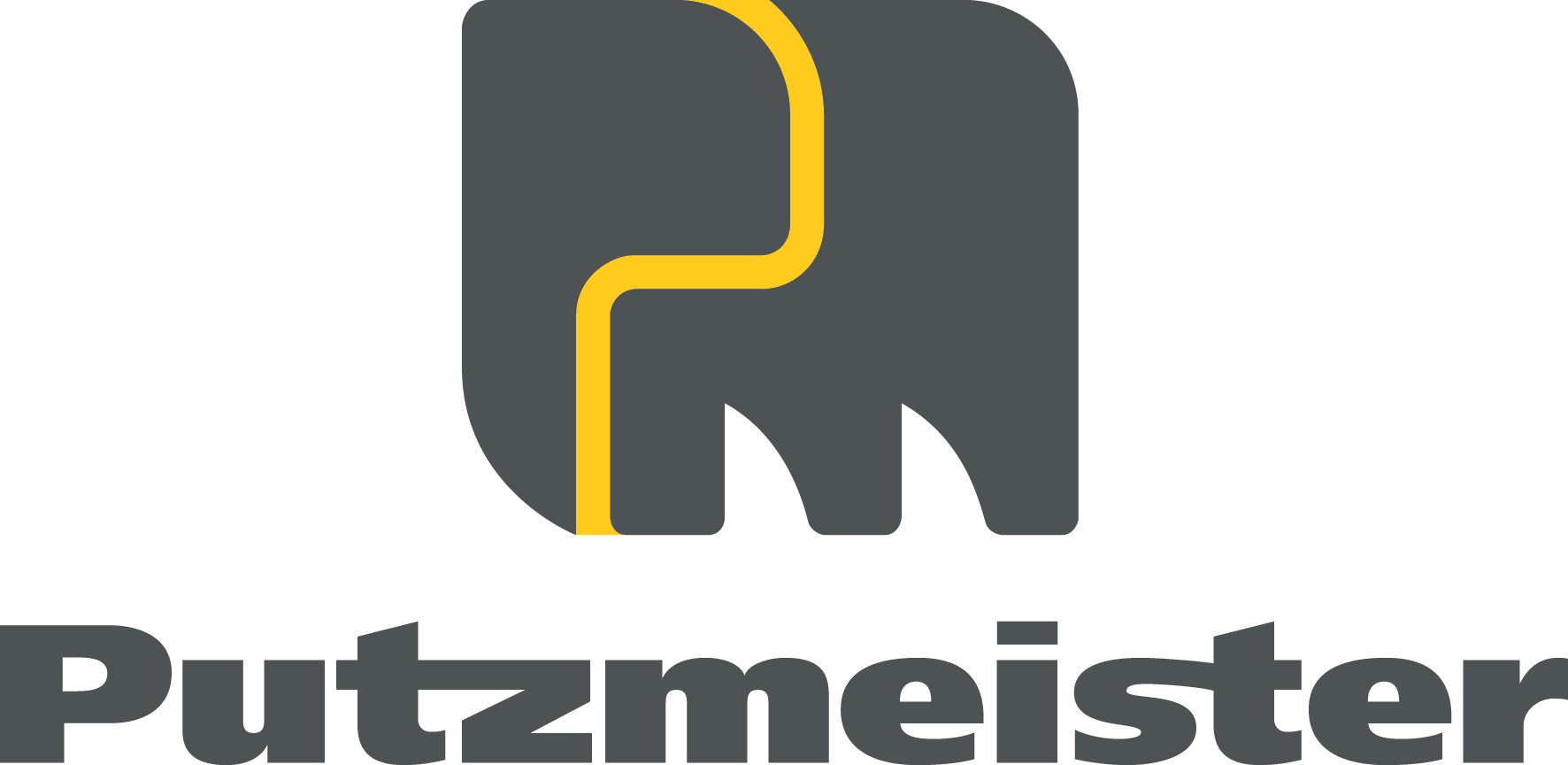



.jpg)
.gif)

.jpg)









.jpg)
